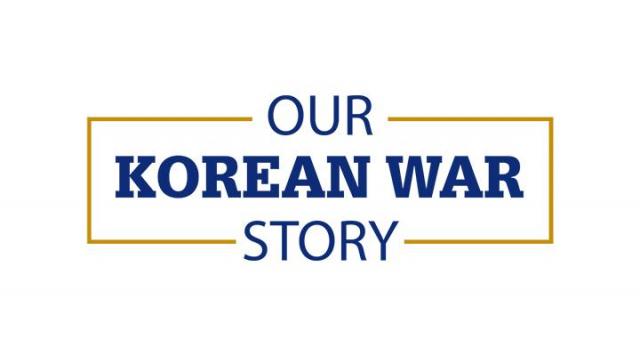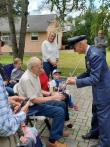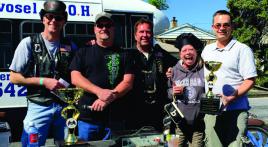My Korean War Story
My name is Hugh T. Webster, Airman First Class, USAF 1950-1954. I had just graduated from high school in June 1950 when the Korean War broke out. My oldest brother, Capt. Harold D. Webster Jr., was stationed in Japan in the 8th Fighter-Bomber Wing and was in the first wave of U.S. forces into Korea; he was flying P-51 Mustangs. I immediately went to USAF recruiting and joined. My goal was to be a B-29 gunner, but my reporting time was delayed to January 1951. So by the time I got to Lackland AFB there were a lot of potential B-29 gunners in the pipeline and it was clear I was not one of them. Lackland was so full I was billeted in a tent on the parade grounds. In February I was transferred to Francis E. Warren AFB in Cheyenne, Wyo., to complete my basic training in the middle of winter - no airfield, just an old ex-Army base on the Wyoming prairie. With some daily contact with the first sergeant I finally got a school to attend - a Primary Munitions Course at Lowry AFB. After graduating, I went back to Francis E. Warren where they had no use for my new AFSC, so it was off to Luke AFB to work in the ammo dump filling practice bombs with sand. In May 1952 I was sent to Korea to the 543rd Ammo Supply Sqdn. and later transferred to the 6405th Air Support Wing. There I was in a small detachment responsible for supplying bombs, rockets, and ammo to the various K-sites, a very interesting assignment.
Another brother, 1st Lt. Edward H. Webster, was also in Korea 1951-1952 in the 51st Fighter Interceptor Wing flying F-86s, and was credited with 2 ½ kills during his 100 missions. Because my CO was a grounded WWII fighter pilot, I was able to visit my F-86 pilot brother Eddie and was there during two of his combat missions. Prior to his Air Force days in 1945 he was a U.S. Army paratrooper in the 101st Airborne. After the Army he returned to the States, discharged, and enrolled at Montana State U. where he also was a smoke jumper with the U.S. Forestry. In 1949 he joined the Air Force and received his wings in 1951. After Korea, he was an F-86 instructor at Nellis AFB and on July 7, 1953, was killed in a mid-air collision with a student pilot.
My oldest brother’s grave was located by U.S. Army troops in 1952 and I was called from my duty station to be his escort home. In the strangest of events, brother Eddie had just completed his 100 missions and was rotating home. So in December 1952 the three of us came home to the States, with Eddie and I on the same Pam-Am charter flight. A DC-6 from Japan to Wake Island to Honolulu to Travis AFB, roughly 12 hours each leg. I picked up Harold’s remains at Fort Mason and escorted him to Los Angeles by train, then to our hometown of Upland, Calif. Christmas 1952 was joy and sadness; we were all home, but one was buried. Eddie went to Nellis AFB and I returned to my duty station in Korea and completed my tour. I came home in June 1953 and was assigned to the 2700th EOD Sqd. at Norton AFB where I completed my USAF time.
As stated earlier, my initial goal was to be a B-29 gunner; extra pay would have been $35 a month. My assignment at Norton AFB in EOD was $50 a month extra, so it all worked out. My two brothers were 26 at their demise; they were true to the saying “live fast and die young,” fighter pilots to the end.
My sister, 1st Lt. Elizabeth Ann Webster-Bristow served in the USAF 1952-1955. Her husband, Maj. Harrold Bristow, served USAF 1949-1973. They were both stationed in Marrakech, French Morocco, during the Korean War. Harrold had many other stations during his 24-year career. My son, Craig, served 20 years in the Air Force and retired a senior master sergeant.
I’m now 90 years old and proud to be a USAF veteran and a member of Elmer C. Jertburg Post 299 in Chino, Calif.




